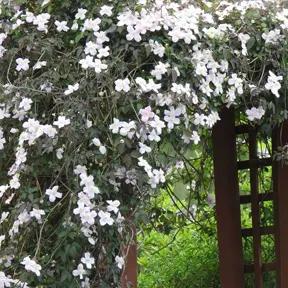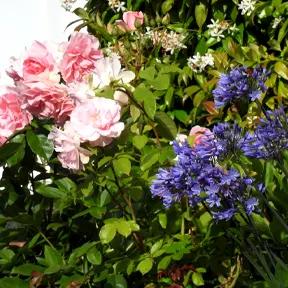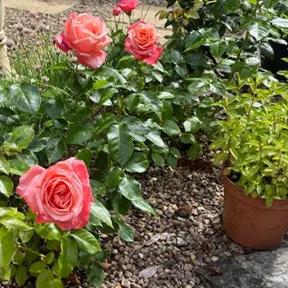Bluecrop Blueberry Plants
- Height: 1.2 m
- Harvest: end July into August
- Our mid season cropping variety.
- Fruit: Large. Eating & Cooking
- Self fertile, but best grown with a partner
- Spacing: 1.2 m apart
- Soil: Acidic
Recommended extras
Description
'Bluecrop' Potgrown Blueberry Bushes
The Bluecrop blueberry is one of the most successful commercial varieties in our range of blueberry plants for sale with high yields of large blue berries mid/late season, about late July to August. The oval green leaves ensure that the plant looks more like a desirable herbaceous shrub for the summer and, in winter, the stems take on a beautiful red colour, a little like the dogwoods, making it a very attractive all year round plant. The quality of the fruit is second to none, being sweet and with above average sized berries that grow in clusters.
They are good looking plants, although you'll probably need to cover them with a net in growing season. In winter, you can enjoy the scarlet stems.
Bluecrop is a reliable choice because it is disease resistant, not susceptible to late spring frosts, and withstands dry summer weather well.
Growing Bluecrop
Self-fertile blueberry varieties always do even better with another blueberry nearby.
Ensure that you grow any blueberry in an acid soil, one that is ideally at a pH of 4.5, and not above 5.5. If you don't have a low pH soil, plant them in ericaceous compost in a pot, raised bed, or you can prepare the soil down to half a metre with lots ericaceous compost, and apply more of it as a much every year. In later years, use sulphur chips to help keep soil pH under 5.5; potted plants shouldn't need this, because you'll be giving them ericaceous plant food every month. Remember never to use general purpose plant food, or tomato food. Food for rhododendron and azalea is fine if you don't have formula specifically for blueberries.
Use rainwater, rather than tap water, as much as possible, because the pH is lower (more acidic).
All blueberries prefer moist, well drained soil that is neither waterlogged, nor prone to drying out in summer. Bluecrop is comparatively tough in dry spells compared to other varieties.
With the right soil and water in place, and food for pot grown plants, blueberries are a cinch to grow and look after, and will provide you with all the antioxidants you need.
Blueberries take three years to really get into their stride. It is up to you whether you remove the flowerheads, and thus any crop, in the first couple of years to give them a better start. Other than that, don't prune for two years.
Starting in year three or four, prune them lightly in late February, always removing the oldest wood first, and then the weakest new shoots.
By year six or seven, remove about 25% of the old wood at the base every year, as well as the weakest and most poorly placed new shoots. New growth is productive growth.
Features:
- Height: 1.2 m
- Harvest: late July/August
- Fruit: large, blue berries
- Taste: dessert/culinary
- Pollination: self fertile, but best to grow with another blueberry
- Spacing: 1.2 m apart
- Soil: Acidic
Did you know?
The American cross between a clafoutis and a sweet Yorkshire pudding, the popover, is meant to be best in Maine where the blueberries are sweetest. Blueberries are a good source of vitamin K, which is essential for blood clotting and healing wounds amongst other things. Your other K options are brassicas like kale and Brussel sprouts, turnip or spring greens.....Blueberries remain one of the top superfoods to jazz up all sorts of healthy smoothies, earnest breakfast cereals, fruit salads, steamed puddings, pies, cobblers and fancy cocktails.
Planting Instructions
Plant at least 1.2 metre away from other blueberries and check that the pH of the soil is as close to 4.5 as possible for best results; 5.5 is acceptable. Water well until the plant establishes and keep the ground moist when the plant is in fruit. A sunny site ensures sweeter, riper fruit.
It's Summer Planting Season 2025

Pot Grown & Plug Plants Delivered
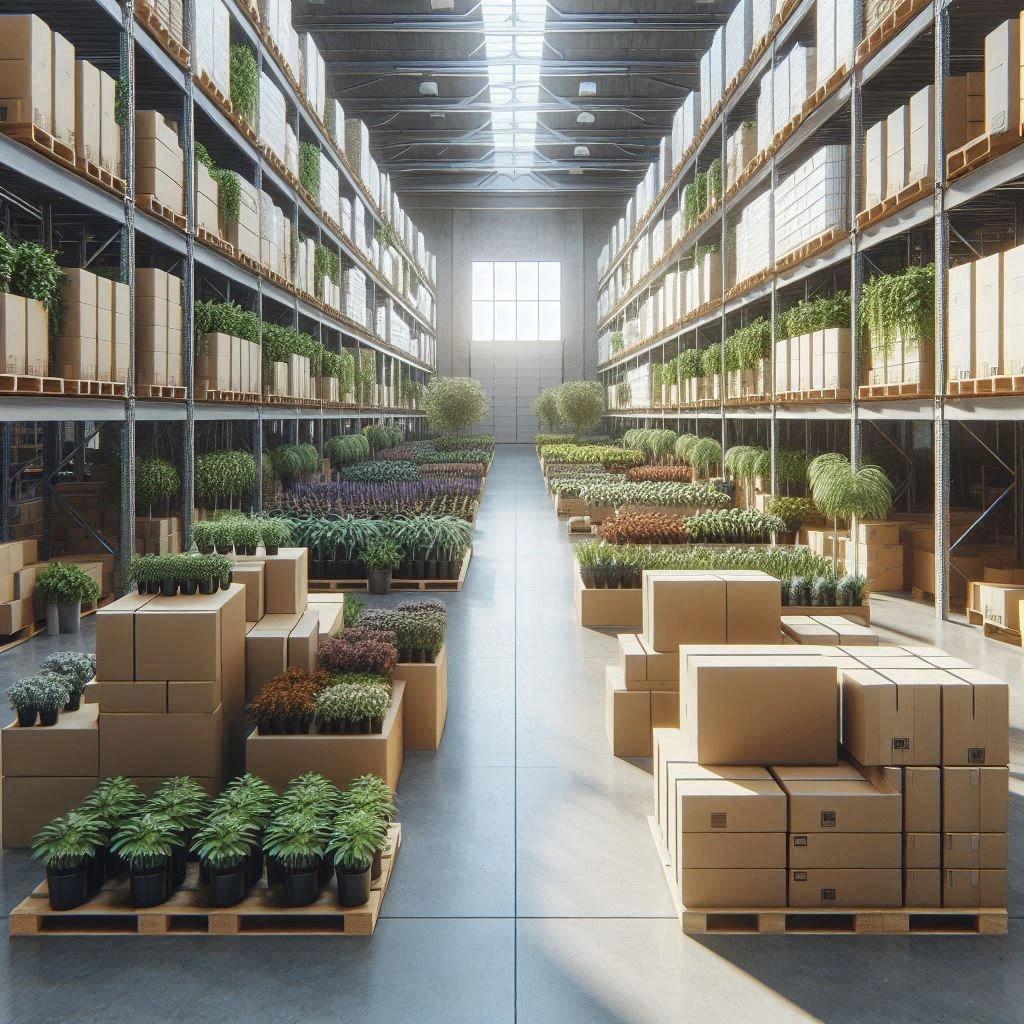
Direct from the Nursery Value

No more broken plants in the post!
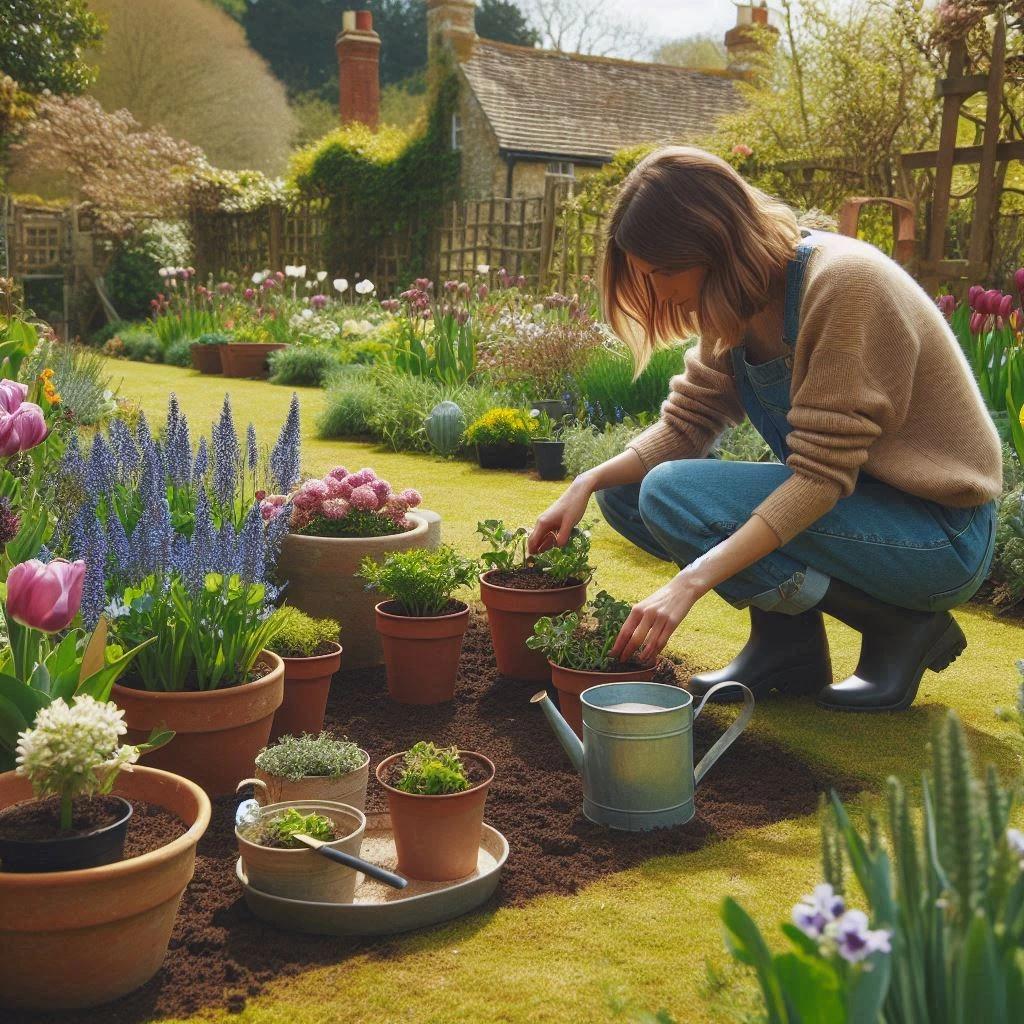

 2.webp)
 2.webp)
 1.webp)
 3.webp)
 4.webp)
 5.webp)

